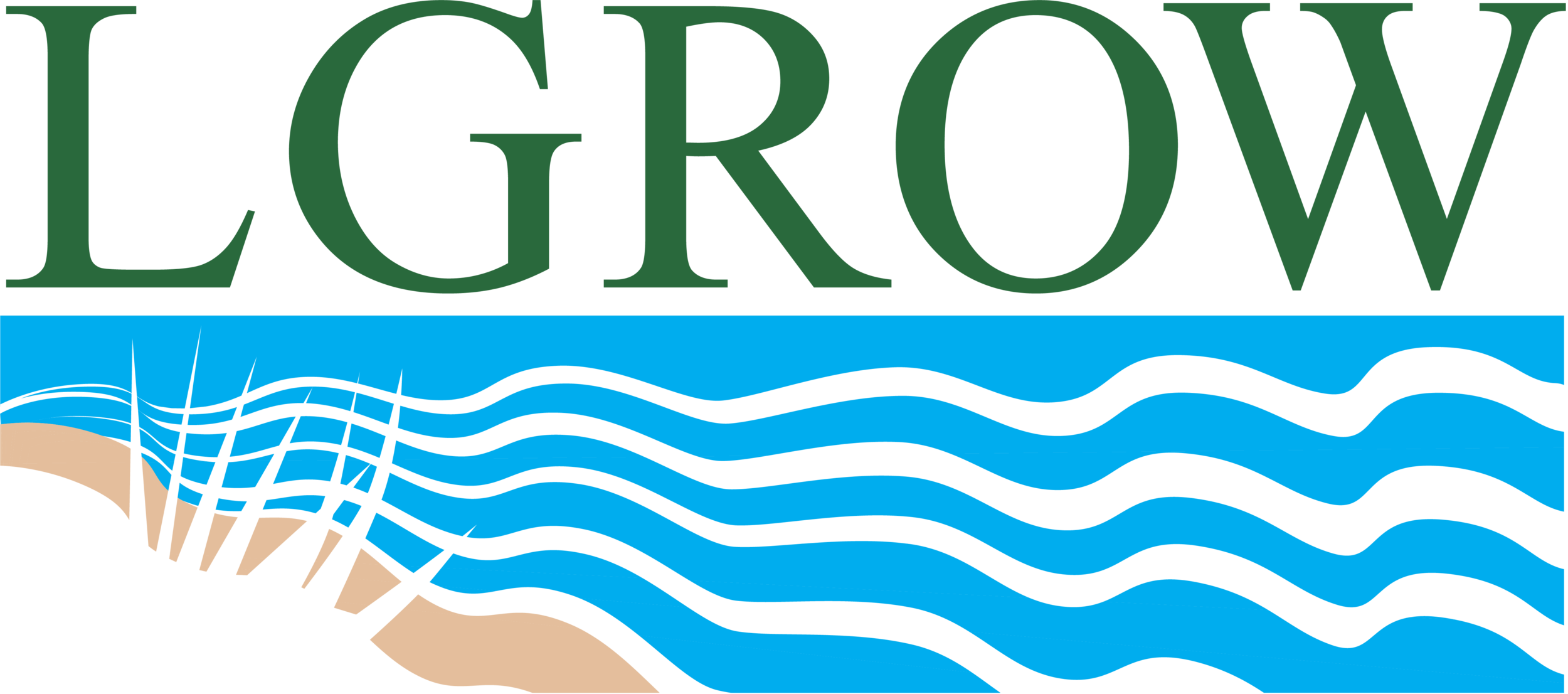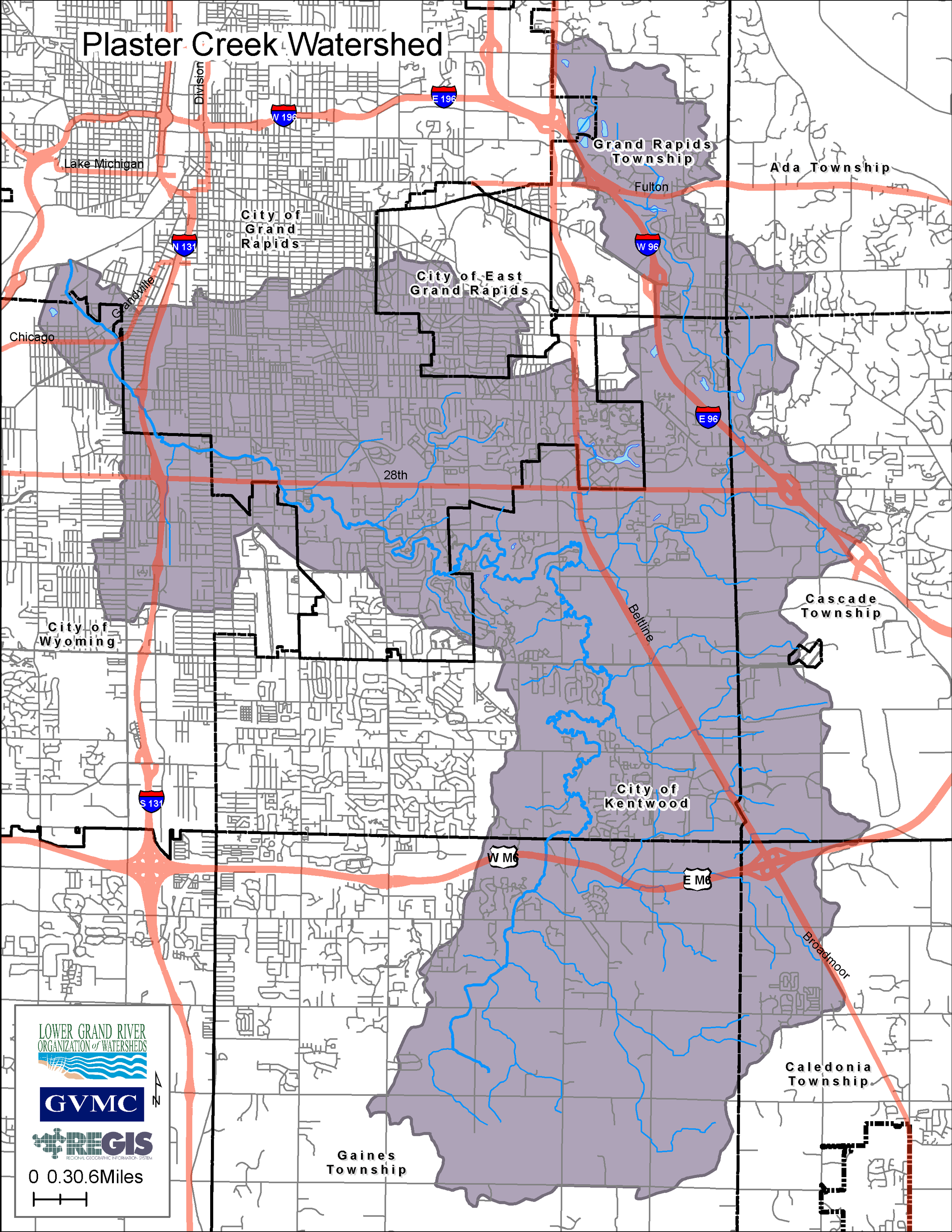Watershed Group
Plaster Creek Stewards is a collaboration of Calvin College faculty and staff working with local churches and community partners to restore health and beauty to the Plaster Creek Watershed.
What we do
We focus on three areas: education, research, and on-the-ground restoration in the watershed.
Plaster Creek - HUC #: 4050006 (10)
Size and location
The Plaster Creek Watershed has a drainage area of 58 square miles and is located entirely in Kent County on the south and east sides of the Grand Rapids Metropolitan Area. Plaster Creek’s headwaters begin in Gaines Township and flow north and then west to its confluence with the Grand River. A major tributary, Little Plaster Creek, flows from the north, joining Plaster Creek in the City of Kentwood. The Watershed occupies portions of the cities of East Grand Rapids, Grand Rapids, Kentwood, and Wyoming, and Gaines Charter Township, Cascade Township, Grand Rapids Charter Township, Caledonia Township, and Ada Township. Land use throughout the watershed is 38% agriculture, 38% urban, 15% forest, 5% open space, 2% wetland and 1% water.
The Plaster Creek Watershed occupies approximately 58 square miles, all in metropolitan Grand Rapids, Michigan. The creek itself is about 14 miles long. Its headwaters originate south and east of Grand Rapids, with many of the tributaries coming from agricultural areas around Dutton and Caledonia. The creek flows through commercial and residential areas of the city, and finally through industrial areas and low-income neighborhoods before emptying into the Grand River, a mile south of the city center.
Read the subwatershed summary here.
Education & Outreach
Our goal is to educate the community about watershed ecology and to develop a growing group of people who understand the strengths, needs, and problems affecting the Plaster Creek Watershed. We seek to equip people to take action to restore their watershed. Ways we do this include:
Presentations on watersheds, history and issues in the Plaster Creek Watershed, and things people can do to improve water quality in Plaster Creek.
An annual summer workshop at Calvin College. We consider topics such as the theological foundations for environmental stewardship and review the basics of watershed ecology. This event also includes a chance to tour the creek and participate in restoration activities.
We host an event each spring and fall, which includes a presentation on Plaster Creek and opportunities to participate in on-the-ground restoration work.
On-the-ground Restoration
Most of our events include some form of on-the-ground work in the watershed. Examples of this include installing rain gardens, stenciling storm drains with 'dump no waste' icons, restoring native vegetation along the creek, and planting trees and wetland plants in tributaries to the creek. Practices that use plants to stabilize soil and filter runoff are essential to improving water quality. We have our own native plant nursery and landscaping initiative, called 'Native Landscapes', which we use to implement many of these projects.





